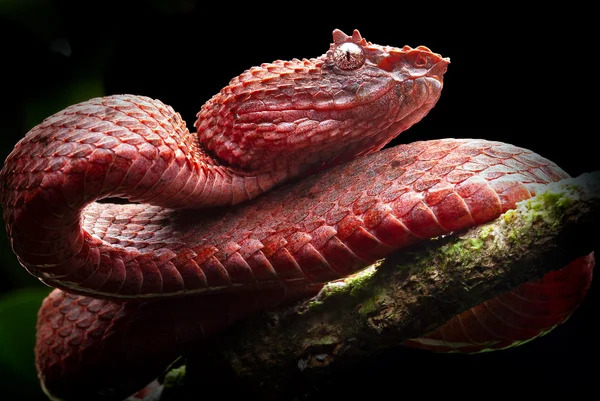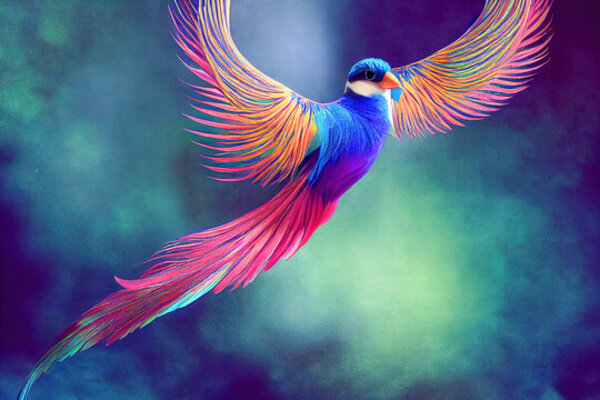Nature is a complex web where every species plays its part, whether as prey or predator. Today, let’s explore two fascinating members of the animal kingdom: snakes and the bird of paradise. Both are iconic in their own right, but who feeds on them? What animals are strong, smart, or specialized enough to make these creatures part of their diet?

Snakes, while often feared as predators, are also prey for many animals. Here are some of their key predators:
Birds of Prey (Raptors):
Eagles, hawks, and owls are among the top hunters of snakes. These birds have sharp talons and beaks that allow them to swoop down, grab a snake, and subdue it with precision. The snake eagle, for example, is particularly skilled at this, often grabbing venomous snakes like cobras and vipers.
Mammals:
Mongooses: Known for their agility and immunity to certain snake venom, mongooses are famous for their battles with deadly snakes. They can take down cobras in what often looks like a David vs. Goliath situation.
Honey badgers-eat.html">Badgers: These fearless animals are known for their aggressive behavior and thick skin, which helps them endure snake bites. They actively hunt snakes, especially when other prey is scarce.
Foxes and Coyotes: Though they prefer smaller snakes, these adaptable predators will not hesitate to eat one when the opportunity arises.
Other Snakes:
Surprisingly, some snakes feed on their own kind. King snakes and certain species of constrictors are known to eat other snakes, sometimes even venomous ones.
Large Predators:
Large carnivores such as lions and tigers rarely eat snakes, but they occasionally kill them if they feel threatened or stumble across one. In these instances, they might eat the snake, but it’s not a primary food source.

The bird of paradise is known for its extraordinary plumage and mating dances, which are a spectacle in the rainforests of New Guinea and nearby islands. However, its bright colors and elaborate displays make it an easy target for predators. Here’s a look at who preys on these stunning birds:
Birds of Prey:
Just like snakes, the bird of paradise faces threats from raptors. Hawks and eagles are common predators. These birds of prey use their keen eyesight to spot the birds, often during their mating displays when they are distracted.
Large Mammals (Occasionally):
While not a primary source of food, larger mammals like wild cats might prey on birds of paradise if they find them on the ground or roosting low in trees. Cats like the spotted cuscus (a marsupial predator) in Papua New Guinea occasionally target these birds.
Snakes:
Ironically, snakes that live in the same tropical forests also prey on birds of paradise. Tree-dwelling species, such as pythons and boas, can slither up and attack a roosting bird. These ambush predators rely on stealth to grab their feathered prey before it can fly away.
Humans:
Indigenous people historically hunted birds of paradise for their vibrant feathers, which were used in ceremonial garments and trade. While this practice has largely been curbed due to conservation efforts, illegal poaching still occurs.
Snakes and birds of paradise each play crucial roles in their ecosystems.
Snakes help control populations of rodents, insects, and other small animals. In turn, they serve as prey for a range of predators, contributing to the balance of life in their habitats.
Birds of Paradise, with their role in seed dispersal and insect control, also contribute to the health of the tropical rainforests they call home. Their elaborate mating rituals have influenced local culture and continue to fascinate birdwatchers and scientists alike.
While snakes and the bird of paradise may seem worlds apart, they share one common trait: they are both part of the food web. Raptors, large mammals, and even other snakes rely on them for survival, just as these creatures depend on the environment and smaller animals for sustenance. This interconnected web of life is a reminder of how every species plays a role in maintaining the balance of nature.
animal tags: Snakes Paradise-Bird
We created this article in conjunction with AI technology, then made sure it was fact-checked and edited by a Animals Top editor.